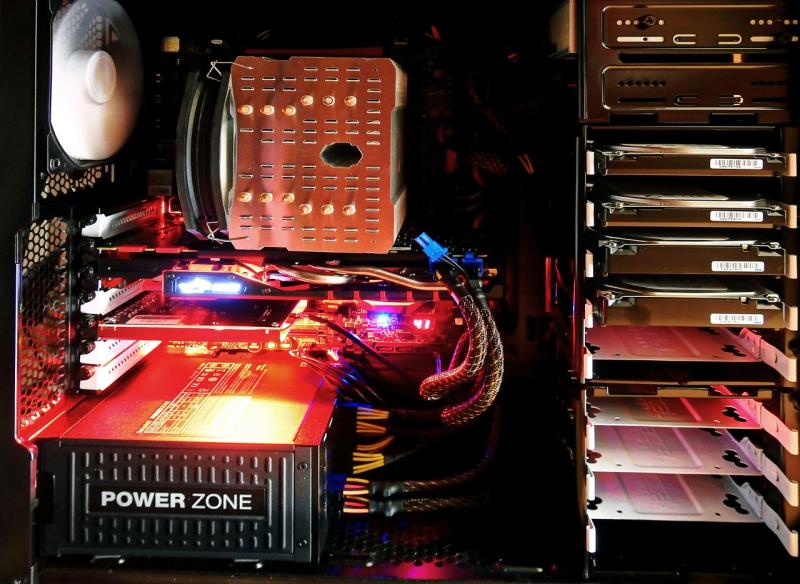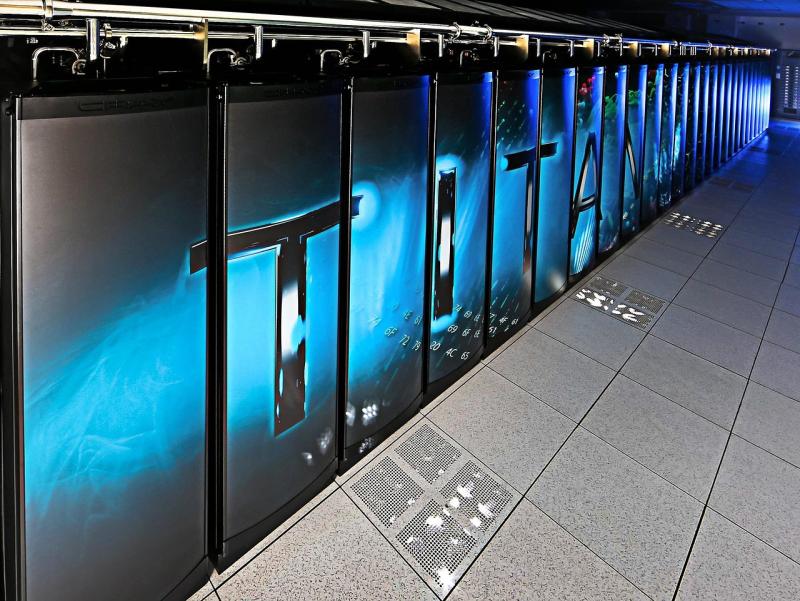The Ultimate Workstation for CAD and Simulation
In the fields of architecture and engineering, precision, reliability, and efficiency are non-negotiable. Architects, civil engineers, and designers rely on resource-intensive CAD applications and building simulation software to bring their visions to life. A custom PC designed specifically for architectural design and engineering analysis is a high-performance workstation that accelerates drafting, complex 3D modeling, and realistic rendering—while seamlessly supporting data-intensive simulations and real-time collaboration.
---
#### High-Performance Processing for Complex CAD Operations
At the core of an ideal architectural and engineering workstation is a powerful multi-core CPU capable of handling a multitude of design tasks simultaneously.
- **Multi-Core and High-Frequency CPUs:**
Processors from Intel’s Core i9 or AMD’s Ryzen 9/Threadripper series provide the robust parallel processing capabilities essential for operating CAD software such as AutoCAD, Revit, or SolidWorks. These high-frequency CPUs reduce rendering times, improve the responsiveness of real-time simulations, and streamline the editing process.
- **Optimized Overclocking and Thermal Stability:**
When controlled overclocking is an option, pushing the CPU gently within a well-cooled environment can yield additional performance during crunch times. Advanced thermal management ensures that even under sustained load during large project renders, the system remains stable and efficient.
---
#### Advanced Graphics Acceleration and Rendering Fidelity
Visualizing intricate designs and simulating realistic lighting and material properties demand a dedicated graphics solution.
- **Professional-Grade Graphics Cards:**
High-end GPUs such as NVIDIA’s Quadro series or AMD’s Radeon Pro models are built specifically for professional applications. They deliver exceptional precision, extensive VRAM, and hardware-accelerated rendering to support detailed 3D models and photorealistic architectural visualizations.
- **Optimized GPU Frameworks:**
By leveraging compute frameworks like CUDA or OpenCL, the GPU can take over graphics rendering and simulation tasks—dramatically reducing the workload on the CPU and allowing for smoother viewport performance in complex projects.
---
#### Ample Memory and Ultra-Fast Storage for Large Project Files
Architectural designs and engineering simulations generate huge file sizes that require lightning-fast access and robust storage solutions.
- **Expansive RAM Capacity:**
A workstation equipped with 32GB of high-speed DDR4 or DDR5 memory is suitable for baseline CAD tasks; however, professional projects often benefit from 64GB or more, which allows for multiple large drawings, detailed 3D models, and simultaneous running of analysis software without lag.
- **NVMe SSD Storage Solutions:**
An NVMe SSD as the primary drive ensures near-instant boot times and swift loading of heavy software suites and massive project files. Complement this with additional high-capacity SATA SSDs or HDDs configured for RAID to accommodate archival data, ongoing project libraries, and robust backup solutions.
---
#### Multi-Monitor Setups and Ergonomic Design for Enhanced Productivity
The nature of architectural and engineering work often involves juggling multiple design applications, reference materials, and communication tools simultaneously.
- **Expanded Desktop Real Estate:**
A dual- or triple-monitor configuration enables designers to dedicate one screen to the CAD environment while using additional displays for technical documentation, project management dashboards, or simulation outputs. High-resolution monitors—with excellent color accuracy, IPS panels, and anti-glare technology—provide the clarity required for detailed design work, ensuring that every subtle nuance of a blueprint or render is visible.
- **Ergonomics and Workspace Comfort:**
An ergonomically optimized workstation—with adjustable monitor arms, an anti-fatigue desk, and ergonomic input devices (mechanical keyboards and precision mice)—reduces physical strain during extended design sessions and fosters a productive, comfortable working environment.
---
#### Connectivity, I/O Options, and Collaborative Integration
A versatile custom PC for architecture and engineering must integrate seamlessly with a host of peripherals and networked tools to support dynamic collaborative workflows.
- **Robust I/O and Peripheral Support:**
A motherboard equipped with numerous USB 3.2 ports, Thunderbolt interfaces, and multiple display outputs allows for quick connections to external storage, digital drawing tablets, 3D scanners, and printers.
- **High-Speed Networking:**
Integrated Gigabit Ethernet and Wi-Fi 6 (or higher) connectivity make it easy to transfer large design files, participate in real-time collaborative sessions, and access remote architectural databases or cloud-based rendering platforms.
- **Data Collaboration Tools:**
Seamless integration with project management software, remote desktop solutions, and collaborative design platforms enhances teamwork among architects and engineers, enabling real-time feedback and synchronized updates even when team members are geographically dispersed.
---
#### Efficient Cooling, Stability, and Power Management
The high-performance nature of a CAD workstation means that components generate significant heat over long periods of use. Efficient thermal control is essential both for performance and longevity.
- **Advanced Cooling Solutions:**
Choose a high-quality cooling system—be it a state-of-the-art air cooling solution with smart fan controllers or a custom liquid cooling loop—capable of dissipating heat efficiently even during marathon rendering sessions. A well-ventilated chassis with strategically placed intake and exhaust fans, as well as dust filters, helps maintain stable temperatures and minimizes thermal throttling.
- **Reliable and Energy-Efficient Power:**
An 80 PLUS Gold or Platinum certified modular power supply ensures stable power delivery while minimizing energy waste. A power supply with sufficient wattage overhead provides the flexibility to upgrade or add additional GPUs and peripherals in the future without compromising system stability.
---
#### Software Optimization and Long-Term Reliability
Hardware and peripheral selections are only part of the equation; optimizing the underlying software environment is crucial for maximizing performance and maintaining long-term reliability.
- **Tailored Operating System and Drivers:**
A clean, dedicated operating system—customized Windows or a professional Linux distribution—ensures minimal bloat and allocates maximum resources to design and simulation applications. Regular updates to drivers, firmware, and design software maintain compatibility with advanced features and emerging standards.
- **Automation and Backup Solutions:**
Utilize automated system diagnostics, scheduled backups, and performance monitoring tools to ensure that all components function at peak efficiency. These proactive measures reduce downtime due to failures and provide a comprehensive historical record for troubleshooting and upgrades.
---
#### Future-Proofing and Scalability in a Rapidly Evolving Landscape
Investing in a custom PC for architecture and engineering is a long-term commitment. With technology and design trends constantly evolving, building a workstation that can scale with your needs is essential.
- **Modular Build Architecture:**
Select a motherboard with extra DIMM slots, varied PCIe lanes, and multiple storage interfaces. This modular design enables future enhancements—such as upgraded CPUs, additional GPUs, or increased RAM—without a complete system overhaul.
- **Adaptability to New Software and Hardware:**
A future-proof workstation is designed to accommodate the ever-growing demands of sophisticated design tools and simulation software. By keeping detailed performance logs and regularly benchmarking system performance, you can pinpoint bottlenecks and plan systematic upgrades that ensure the investment remains valuable for years to come.
---
#### Conclusion: Empowering Precision and Innovation in Design
A custom PC for architecture and engineering is more than a high-performance machine—it’s a strategic platform that transforms complex design challenges into creative breakthroughs. By carefully integrating a powerful multi-core CPU, professional-grade GPU, ample high-speed memory, ultra-fast storage, expansive multi-monitor setups, and a meticulously optimized software ecosystem, you create a workstation that accelerates creativity, streamlines workflows, and meets the rigorous demands of modern architectural and engineering projects. This future-proof, scalable, and energy-efficient system is designed not only to optimize today’s design tasks but also to adapt seamlessly to tomorrow’s innovations, empowering professionals to push the boundaries of what's possible in building design and simulation.
---
### SEO Keywords:
custom PC for architecture, CAD workstation, engineering PC build, high-performance CAD computer, multi-core CPU CAD, professional GPU for engineering, NVMe SSD CAD, multi-monitor design workstation, ergonomic architecture PC, scalable engineering computer, future-proof CAD system, high-capacity RAM for design
View our related products
See more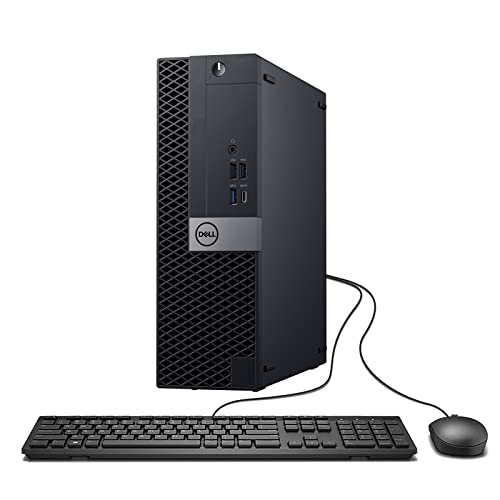
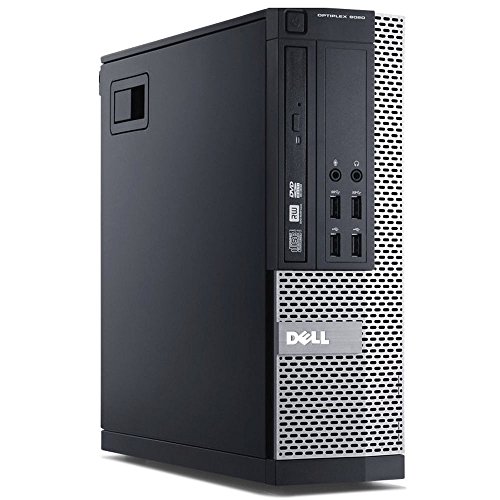
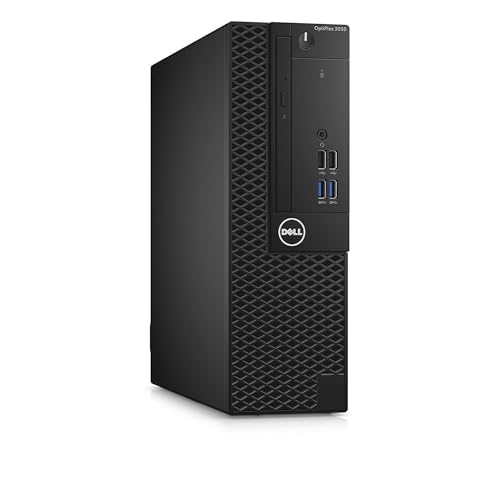
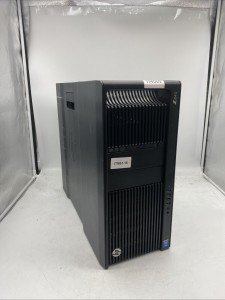
Custom PC for Architecture and Engineering
Related Articles
Essential High-Performance PC Components You Need Now
Upgrade your setup with the must-have parts for unbeatable gaming and productivity
Top Picks for Best High-Performance PCs
Find the perfect power machine for gaming, work, or creative projects
Your Guide to the Best High-Performance PCs
Find the Right PC for Your Gaming and Creative Needs
View our related products
See more



